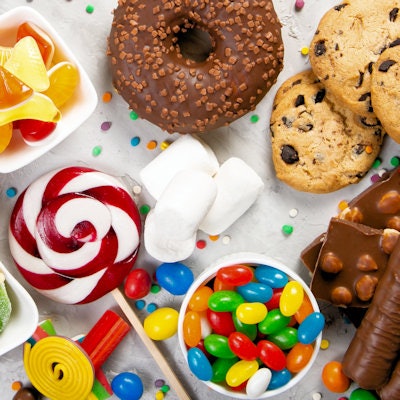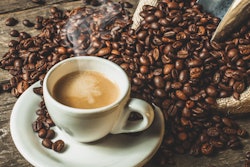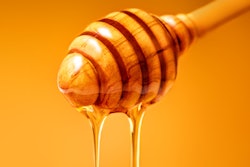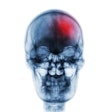
Why do we prefer sugar to artificial sweeteners? A first-in-human demonstration, described recently in PLOS One, has revealed a previously unknown sensing system in the mouth that detects the calories in sugar.
"Overall, there are two sweet-sensing pathways in the mouth: one for sweet taste, and another for detecting potential energy-burning sugars," said co-author Linda Flammer, PhD, a senior research associate at the Monell Chemical Senses Center in Philadelphia, in a statement from the center.
The newly identified calorie-sensitive signaling pathway works alongside the already well-studied sweet-taste receptor in taste buds, which is sensitive to sweetness but not calories. The finding could explain, among other puzzles, why diet sodas have never captured a major share of the beverage market.
"Now that we know this calorie-detecting taste system is operating in humans, it could help explain the overall preference for sugared beverages over non-caloric sweetener beverages," noted first author Paul Breslin, PhD, a Monell investigator and a professor of nutritional sciences at Rutgers University.
The calorie-sensitive taste system was originally found in mice, which prompted the Monell scientists to see if human subjects also had it.
In both humans and mice, sweet tastes are mediated by G-protein-coupled receptors belonging to the taste receptor type 1 (T1R) family, specifically T1R2 and T1R3. However, prior experiments showed that mice without T1R2-T1R3 taste receptors had anticipatory insulin responses when presented with sugar, suggesting that mechanisms outside of these taste receptors were also at work (PLOS One, October 6, 2021, Vol. 16:10, e0256989).
It turned out that the mice had separate taste bud cells that were able to identify when a sweetener is "metabolizable" (i.e., has calories to burn for energy). This signal works via molecular carriers known as sodium-glucose cotransporters (SGLTs). In humans, SGLTs are known to mediate sodium and glucose transport across cell membranes and are responsible for the reabsorption of filtered glucose from the kidney into the bloodstream.
To see if SGLTs also played a role in calorie-sensitive taste sensing in humans, the scientists recruited 12 adult subjects and compared their oral detection thresholds for glucose and the artificial sweetener sucralose before and after administering phlorizin, which is an SGLT inhibitor. Under the influence of phlorizin, the subjects' detection of glucose was significantly impaired by the loss of SGLTs, whereas their detection of sucralose was not.
"Our mouth can identify when a sweetener has the potential to deliver calories versus a non-caloric sweetener, which cannot," Breslin said.
The system's sensitivity is specific to the simple carbohydrate glucose, a component of table sugar and high-fructose corn syrup. Over millennia, humans and other primates derived glucose in their diet from sources such as fruits and honey.
"Humans love fruit and sugar, as do many other apes, which obtain most of their calories from sugar," Breslin said.
The discovery may inspire beverage companies to reformulate their low-calorie product lines to make them more appealing to consumers.
"Diet drinks are not as satisfying as sugared beverages," Breslin said. "As a public health initiative, might we get beverages and foods with lower sugar levels to be more rewarding? Now that we know there is this second glucose-sensing system in the mouth, maybe we can tap into it to make healthier beverages that people enjoy drinking."



















